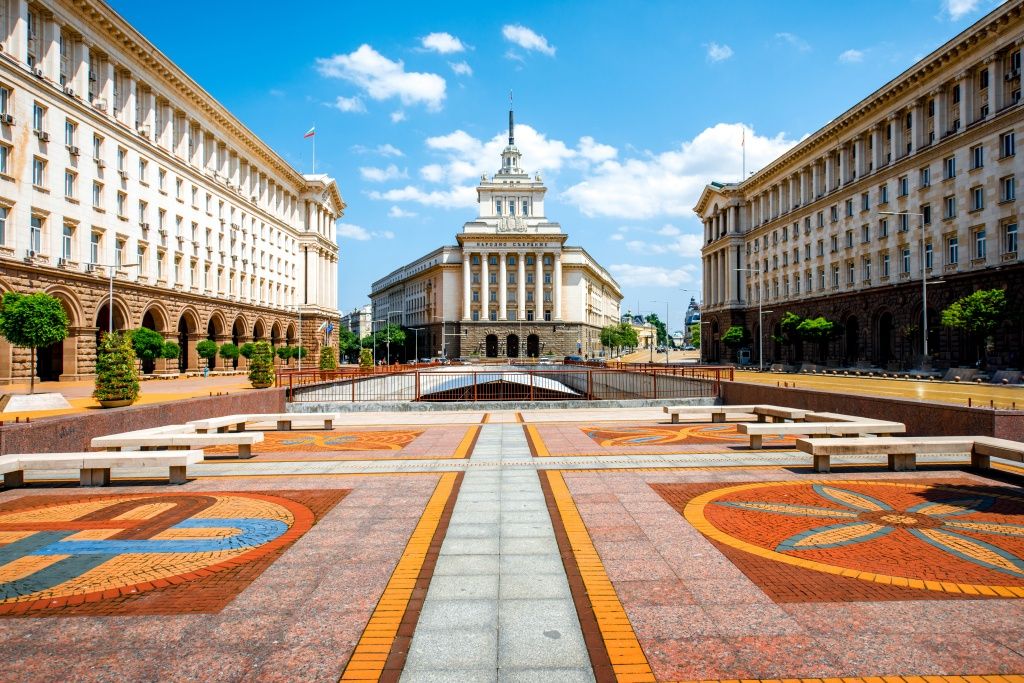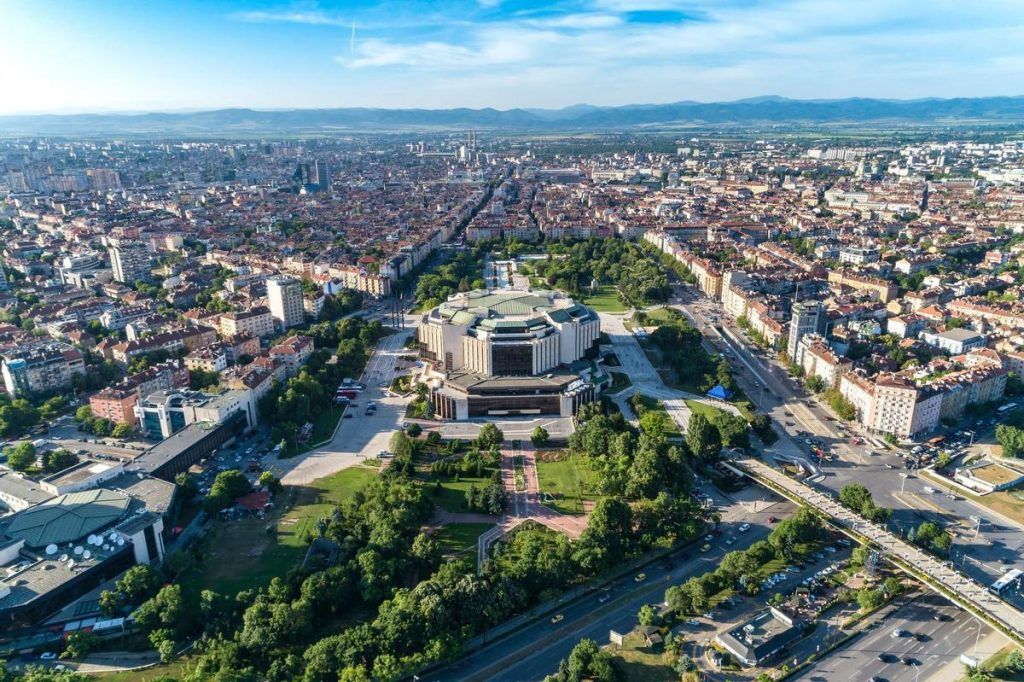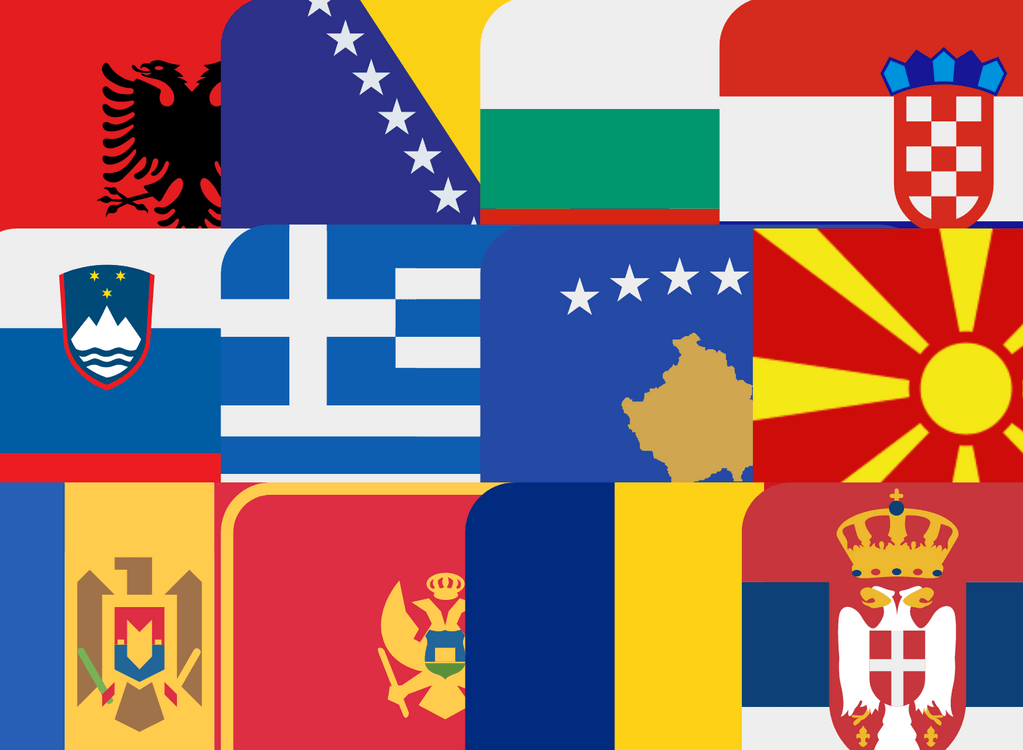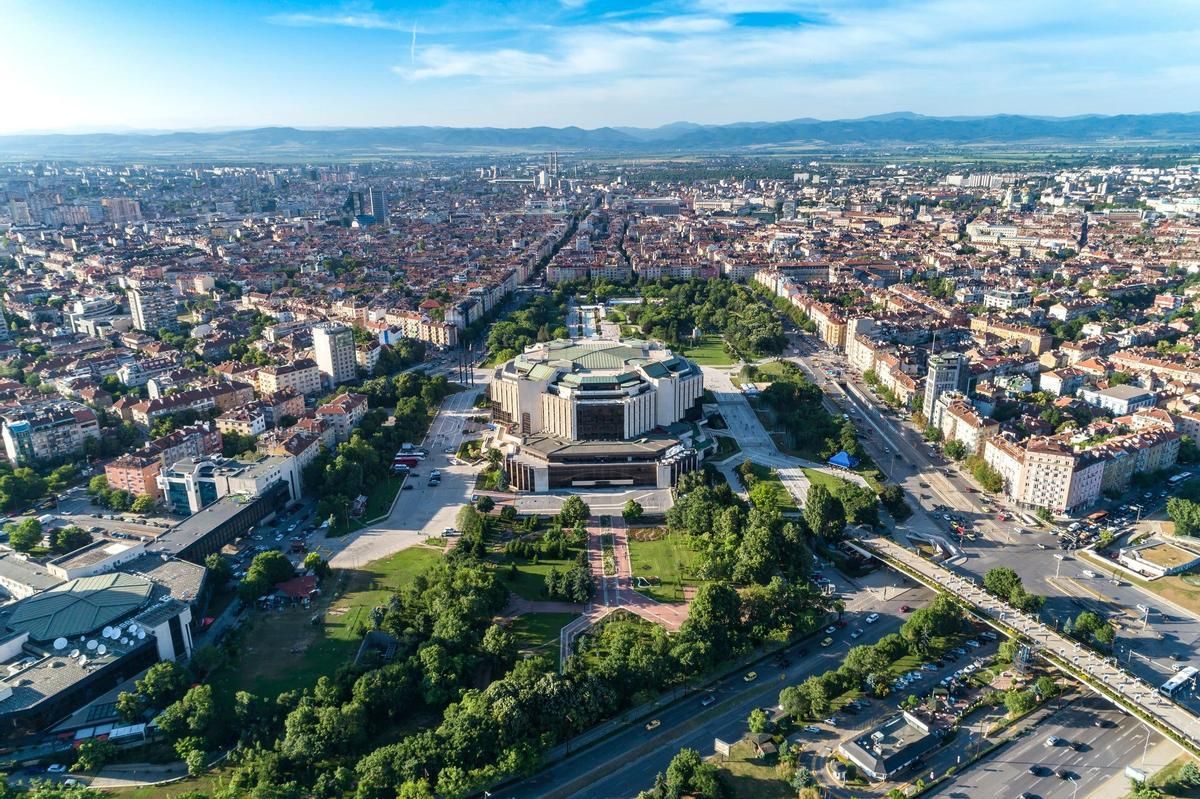Sofia: A City with Millennia of History
Sofia, the capital of Bulgaria, is a city that has seen millennia of history go by, leaving indelible traces in its culture and architecture. Its strategic location at the crossroads between Europe and Asia has made it a central point of trade, culture and power over the centuries. From its origin in the ancient Thracian civilization, through the Roman Empire, the Byzantine Empire and Ottoman domination, the history of Sofia Bulgaria is fascinating and full of events that have shaped the city we know today.

The Origins of Sofia: From the Tracian Empire to the Roman Empire
The origin of Sofia dates back more than 2,500 years, when the Thracians founded a settlement known as Serdica. The strategic location and the hot springs that sprang from the land made this place an ideal point for commerce and life. However, it was with the arrival of the Roman Empire in the first century BC that the city began to prosper as Ulpia Serdica, an important administrative center for the Romans.
During the reign of Emperor Trajan, Sofia developed enormously. Defensive walls, public baths, temples and theaters were built that reflected the Roman influence on urban architecture. These remains can still be seen in some parts of the city center. In addition, Emperor Constantine the Great came to consider Serdica as his favorite city, referring to it as “my Rome.” This period was key to Sofia’s economic and cultural growth, marking its importance in the region for centuries.
The Influence of the Byzantine Empire and the Ottoman Era
After the fall of the Roman Empire, Sofia came under the rule of the Byzantine Empire, where she continued to play an important role as a religious and commercial center. During this time, the city was fortified and numerous churches were built, including the Basilica of Santa Sofía, a symbol of the city that has lasted until today. Its name inspired the modern name of the city and represents the rich Christian heritage of Sofia.
In 1382, the city fell into the hands of the Ottoman Empire, which marked the beginning of a dominion that would last almost five centuries. During this time, Ottoman culture left its mark on the city, mainly in religious and public architecture. The Banya Bashi Mosque, built in the 16th century, is one of the few Ottoman monuments still in use in Sofia. Despite the Ottoman influence, Sofia remained a melting pit of religions and cultures, where Christians, Muslims and Jews lived peacefully. This created a diversity that remains a distinctive feature of Sofia’s culture today.
Sofía Moderna: Culture and Essential Monuments
With the liberation of Bulgaria from Ottoman rule in 1878, Sofia was declared the capital of the newly formed Bulgarian state. From that moment on, the city experienced rapid modernization and growth, becoming the political, economic and cultural center of the country. Today, Sofia is a dynamic and vibrant city, combining the old and the modern in a unique mix.

One of the most outstanding monuments of Sofia is the Cathedral of Alexander Nevsky, a majestic work of neo-Byzantine architecture built in the late 19th century. This cathedral was erected in honor of the Russian soldiers who died during the Russian-Turkish war, which freed Bulgaria from the Ottoman yoke. With its impressive golden domes, it is one of the most iconic symbols of the city and a mandatory stop for any visitor.
Another point of interest is the Ivan Vazov National Theater, one of the most beautiful neo-baroque buildings in Bulgaria. Located in the heart of Sofia, the theater is a center of the city’s cultural life, where theater, music and dance performances are held throughout the year.
Sofia’s Architecture: Fusion of Styles and History
One of the most fascinating aspects of Sofia is its architectural diversity. Over the centuries, the city has absorbed Roman, Byzantine, Ottoman and modern influences, resulting in a unique fusion of styles. Strolling through the streets of Sofia is like traveling through time, from ancient Roman ruins to neoclassical monuments and modern buildings.
The Church of Boyana, declared a World Heritage Site by UNESCO, is an excellent example of Bulgarian medieval architecture. Its frescoes, dating from the 13th century, are considered one of the first masterpieces of European art and a precursor of the Renaissance. This church is a testimony to the cultural flowering of Sofia during the Middle Ages and is a must-see for lovers of art and history.
In addition, the Basilica of Santa Sofía, built in the sixth century, remains one of the oldest and most representative monuments of the city. This Byzantine church, with its simple but impressive design, has survived wars, earthquakes and looting, and stands as a symbol of the durability of the Christian faith in the region.
Tips to Discover Sofia to the Fullest
Exploring Sofia is a rewarding experience for any lover of history and culture. To make the most of your visit, it is recommended to start in the historic center of the city, where most of the most important monuments are concentrated. Walking along Vitosha Boulevard will allow you to enjoy the modern life of Sofia, with its many shops, restaurants and cafes.
If you are interested in archeology, you cannot miss the National Archaeological Museum, which houses an impressive collection of artifacts dating from the Thracian era to the Middle Ages. It is also advisable to visit the National Museum of History, where you can get a broader view of Bulgaria’s rich cultural heritage.
For nature lovers, Mount Vitosha, located on the outskirts of Sofia, offers a perfect getaway from the city. With hiking and skiing routes in winter, it is an ideal place for travelers looking for outdoor adventure.

Sofia is a city that combines centuries of history with a vibrant present. From its Thracian origins to its role as a modern capital, the history of Sofia Bulgaria is rich and multifaceted. The monuments that adorn the city, the diversity of architectural styles and the vibrant cultural life are just some of the reasons to discover this fascinating European capital. In every corner, Sofia reveals her glorious past and contemporary dynamism, inviting visitors to explore her and enjoy all she has to offer. Here is an article about 5 Bulgarian villages that you should visit on your next trip

